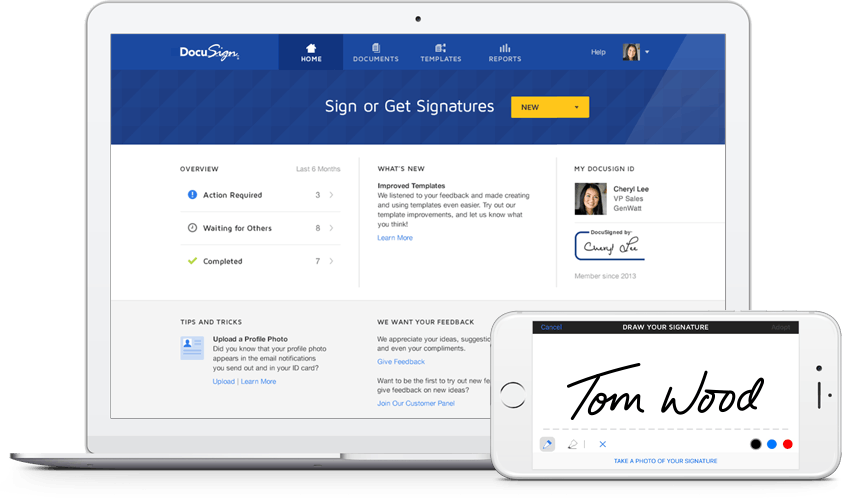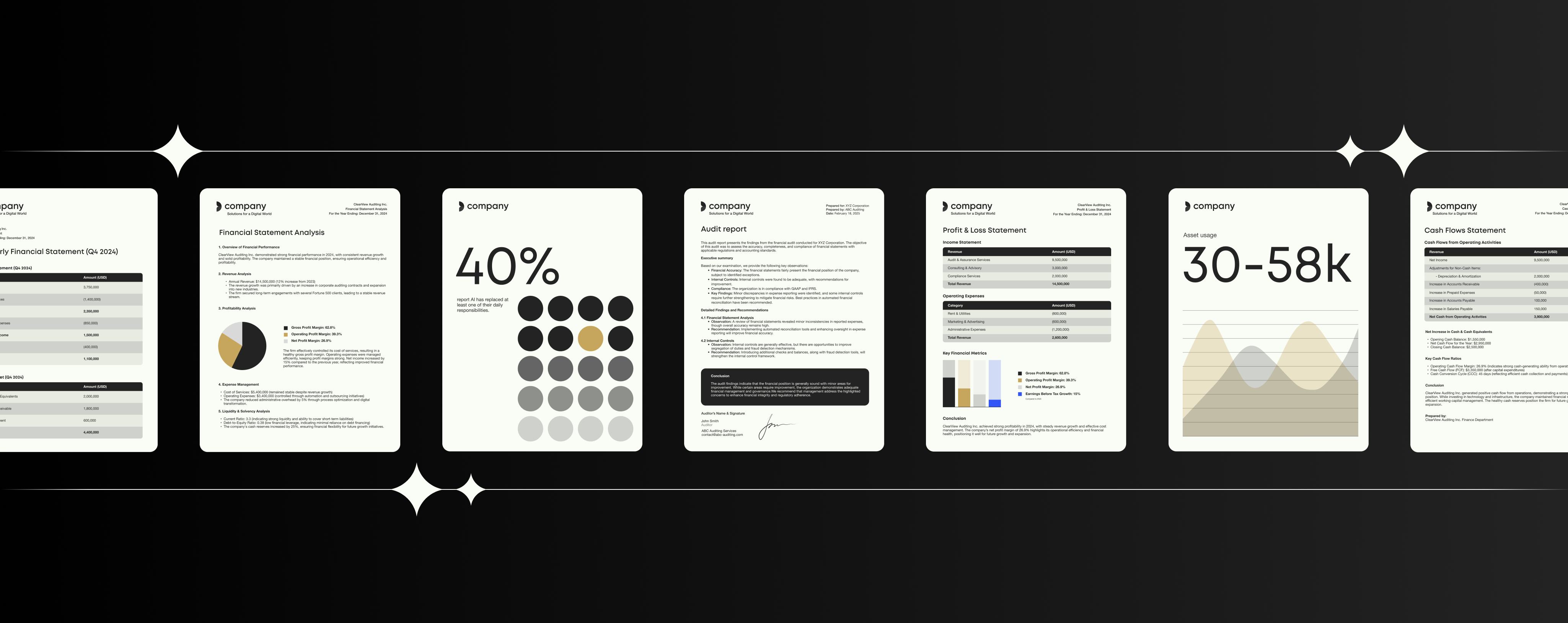Insurance industry trends: 5 productivity tools your firm needs

According to Deloitte’s recent report “Insurance Industry Outlook”, 2018 and 2019 are set to be ‘banner years’ for insurers – with firms generally set to enjoy insurance industry trends of sustained growth, rising interest rates and higher investments.
As early as 2020 however, the consultancy has also flagged concerns for economic slowdown and knock-on challenges for insurers industry-wide. Now more than ever, insurance firms need to be streamlining workflow and increasing productivity in their workforce.
Particularly in the insurance industry, where agents need to spend every minute actively growing their customer base to bolster sales, making the most of an employee’s work day is critical if you want to remain competitive. Arduous processes, bad lines of communication, incohesive software – all of these insurance industry problems can clock up the minutes of unnecessary admin and distract from the task at hand. Working smarter, not harder, is the key to the insurance industry future.
Providing a clearer workflow in the insurance industry ecosystem, with less frustrating, repetitive tasks also leads to happier employees, which according to one study, increases an individual’s productivity by 20%. Add to this that happier employees are less likely to take sick days or burnout, your company will be primed to increase output.
The good news is that software solutions for the insurance industry can boost enterprise productivity in many ways. Thanks to new productivity tools for insurance, companies can streamline admin, allowing agents to concentrate on the tasks that really matter. Check out these five helpful tools, plugins and applications that can eliminate common insurance industry problems and boost your office efficiency overnight.
1. Slack

Image source: Slack
Between emails, text messages and WhatsApps, insurance companies can suffer from too many lines of communication and vital messages can easily get lost or go unanswered. Insurance industry trends are seeing a push towards streamlined communications, with savvy firms creating one channel for information flow.
Slack is a handy tool that centralizes your office communications, allowing your team to coordinate and collaborate on their work, just like they would in person. Different messaging groups called ‘channels’ can be organized by project, department or office location, so you can clearly see which conversations you do and don’t need to be a part of.
For example, Liberty Mutual, one of the biggest global insurance providers, uses the tool to roll out company-wide updates to all staff, while smaller private channels help to keep day-to-day conversations between regional micro-groups. The global insurer also has a #developer-feedback channel, that allows developers to collaboratively resolve issues, while a seperate #incoming channel allows managers to effectively delegate work tasks.
Slack also integrates third-party software for the insurance industry like Dropbox and Salesforce, so sharing data is easy and there’s no need to waste time flitting between different tabs and dashboards. You can access your channels by app too, so if an agent is out in the field they can easily stay in contact with the rest of team.
2. DocuSign

Image source: DocuSign
The process of getting a client to sign up to a policy can take several days of signing, scanning and emailing, which is an insurance industry problem that many firms still face. Luckily, over the past few years eSignatures have been growing in popularity as an insurance industry trend, with paperless applications taking the pain out of getting the ink on the dotted line.
DocuSign enables clients to electronically sign agreements from almost anywhere, freeing up time to move on to more important tasks. Handy inbuilt features allow you to send reminders for overdue signatures and check signing status almost any time, so you don’t have to trawl through dozens of email chains. Automating and connecting the entire agreement processes to eSignature (which is legally binding in most business and personal transactions around the world) saves on time, money, and errors on the whole, leading to a more cohesive brand experience.
Read next: Industry branding series: branding insurance firms
3. CamScanner

Image source: CamScanner
Smartphones have revolutionized the way policies are created, and insurance industry trends will continue to see more emphasis on digital-first communications. An easy way to slash the amount of time your agents waste standing at a photocopier is by using CamScanner, an app that turns their smartphone into a high-definition scanner. Employees can capture images of technical documents like insurance policies and agreements while on the go, without the need to access an office scanner or computer. Third party integration means you can easily upload documents to cloud like Dropbox, Google Docs and Box.net, and once you’ve digitized your document, you can also convert it to a PDF through the app.
4. Grammarly
Grammatical errors like rogue apostrophes and bad spelling can negatively affect the way potential clients view your company, but software solutions for the insurance industry can now change all that. Grammarly is a rich tool that goes way beyond the capabilities of Microsoft Word, correcting not just the words your agents type in documents, but also on social media, emails, messages and software like Salesforce and Slack.
As well as helping employees to craft mistake-free writing, it will also suggest alternatives to commonly used phrases, allowing your company to steer clear of cliches and always hit the mark with your communications.
5. Templafy
With logos, company boilerplate and other important assets sitting in disparate or hard-to-reach locations, it’s no surprise that it takes the average employee 18 minutes to put together a single document. Insurance industry trends will see more business leaders incorporating document automation and template management tools into their business to cut down on document anarchy and increase legal compliance of business documents.
Templafy makes creating documents quick and easy, reducing the amount of time it takes for your employees to draft a new deck, or create a custom order form from scratch. With management-approved templates available at the click of a button, you can ensure every employee can create on brand and error-free documents in a fraction of the time it would normally take.
Templafy lets employees access templates centrally and use them anywhere, anytime and on all devices. Whether your sales team need to access the correct pricing information moments before a crucial meeting, or your support team need to pull up ready-made templates for troubleshooting customer issues, document automation ensures that everyone can quickly access the content they need and be confident that they’re working with the latest version.
If your firm has multiple insurance products, customer segments and operates on a global level, you’ll find our email course for insurance firms is another really handy tool for increasing your team’s productivity. Delivered straight to your inbox, this seven day sector-specific course covers top tips everything from insurance industry trends to improving workflow, productivity and control over your brand.
To find out more about how Templafy has tapped into insurance industry trends for boosting productivity, check out our case study for a leading property and casualty insurer here.


